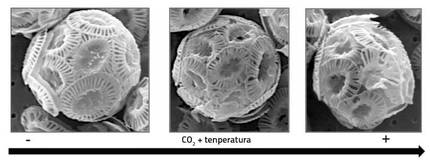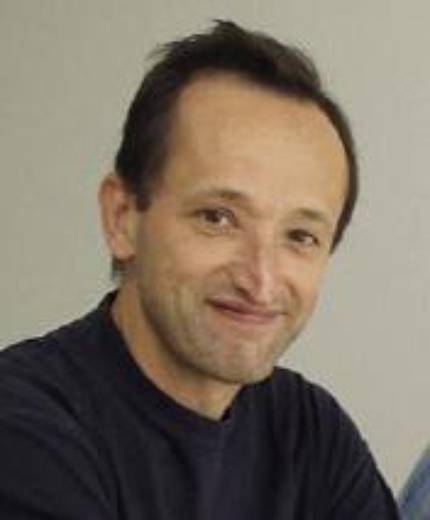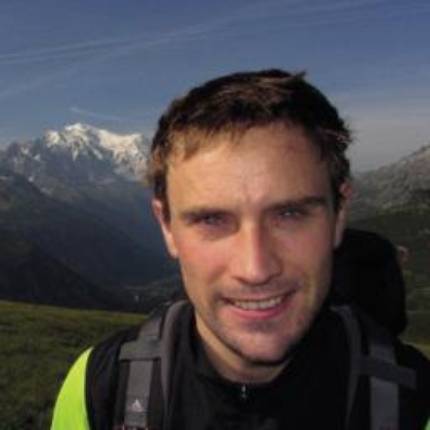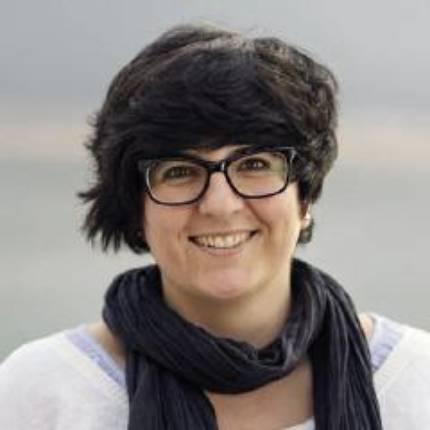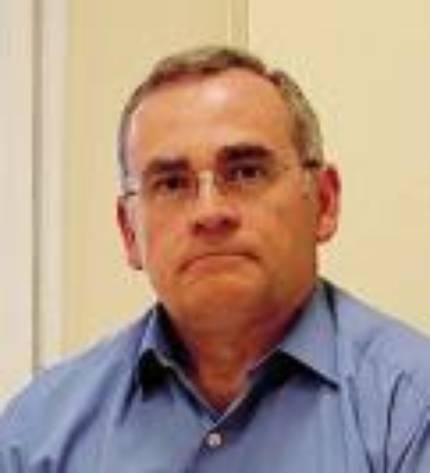Looking at the sea
2020/03/01 Agirre Ruiz de Arkaute, Aitziber - Elhuyar Zientzia Iturria: Elhuyar aldizkaria

We owe to the sea the rainfall of our planet, drinking water, temperate climate, a large part of the food and a large part of the oxygen we breathe. It is a fundamental resource for life on Earth. But their state of health is increasingly serious and the United Nations itself set the goal for 2030 for prudent and sustainable ocean management. “Our civilization is running out of time to avoid the absolute decline in the health of the oceans,” says the General Report of Marine Sciences published by UNESCO. Acidification, plastification, heating, eutrophication and water pollution are, to this day, some of the most serious problems of the sea. Its sustainable management places us before many of our contradictions and limitations.
The United Nations has affirmed that knowing the ocean well is one of the great scientific challenges of humanity at this time. “Don’t forget that life was born at sea,” explains Ibon Cancio Uriarte, biologist at PiE Plentzia Maritime Station. “It has been 4,000 million years living in the sea, unlike what happens on earth, and its biodiversity is impressive.” That diversity is invisible to us, but there are millions of unidentified species.
“In this enormous diversity, organisms are constantly confronted: they produce compounds of opposition, many of them of great medical interest. For example, marine microorganisms hardly know anything, but this great biodiversity has made the sea a place of great pharmaceutical capacity. Where is the biotechnology industry oriented? Once and for all it should focus on the sea to look for future antibiotics, probiotics and antioxidants, among others.”
The ocean is also a place of great energy capacity. The Gulf Stream, for example, moves the temperate water from the Gulf of Mexico to the North Atlantic. It has a depth of 100 m and a width of 1000 km: Flow rate of 80 million m3/s. That is, 300 times the flow of the Amazon. Other forms of this energy capacity are the strength of the waves, the tides, the thermal gradients, the salinity gradients, the wind… “Oceanic energy could produce 10% of the energy consumed by the European Union, and we are now generating only 0.4%, a very small part of its capacity. Meanwhile, we continue to supply fossil fuels and nuclear energy,” explains Jesús María Blanco Ilzarbe, UPV engineer and marine energy researcher.
It also offers important mineral resources. The problem is that only 5% of the seabed is mapped. “Portugal, for example, is one of the largest territories in the world. It has little land, but the seabed is huge, from continental Portugal to Azores and from there to Madeira. If they knew their seabed, they could get huge resources,” explains Cancio.
This prosperity of ocean resources is, however, the one that has led us in many cases to exploit them disproportionately and manage them in a non-sustainable manner. Knowing well the functioning of the ocean and its life is one of the keys to sustainable management. With the declaration of the 2021-2030 Decade of the Sea, UNESCO wants to promote the development of the marine sciences.
“The Basques live by the sea, but in terms of research, we live behind the sea,” says physicist Ganix Esnaola Aldanondo. Researcher in Physical Oceanography at the UPV. “Besides fishing, and beyond the removable energy resources of the sea, we have not been too much oriented to the sea. Compared to other countries, the community of researchers working at sea is much lower, in many cases in ratio 1:100.”
“The truth is that we know the Moon better than the sea,” says Ibon Cancio. Just look at the US, which has 50% of its property under water, but invests 1,600 times more in exploring the space than in exploring the ocean.
In science, everything that shines is not gold
“Even if it seems a lie, one of the biggest problems to investigate the sea is that of data,” explains AZTI oceanographer Eider Andonegi Odriozola. “There is a great conflict. Especially in the countries of southern Europe, it is usual not to share data. There is a kind of taboo. For us it is a serious problem to investigate the dynamics of ecosystems, since it is impossible for each institute to study all these data.”
“I don’t know what it is, what the lack of culture in data distribution or what it is,” says Esnaola. To study the surface of the sea need satellite data. “By prejudice, I usually expect to have problems with US agencies, but I am much easier to access data from NASA than from the Spanish Meteorology Agency.”
UNESCO has affirmed that it is essential to create a shared and open ocean information system. Furthermore, he has made a public request to share research resources and strengthen collaborative networks. In his opinion, it will be essential to change the architecture of world oceanic science to achieve the objectives marked for this decade.
Not all countries have the same resources for research. “A good part of the sea belongs to everyone,” says Cancio, “but their research and exploitation is in the hands of a few nations, only those who have resources for it.” Regional interests are also different: In Asia there is a great tendency to marine technology and engineering, in Europe to understand the relationship between ocean and climate, in Africa to meet food and human health.
Call to the involvement of all sciences
The sea is a complex socio-ecological system that demands an integral vision of a real sustainable management. In this way, UNESCO has called on all scientific areas to guide the sea: physicists, sociologists, biologists, engineers, economists, doctors…
“We have to learn to work together,” says Andonegi. Not only scientists, but other agents of the sea: fishermen, surfers, administration, public institutions… Look at our reality: when we get together with the administration, each agent has its objective and conflicts arise, we do not sit at the same table. We do not discuss together. That can’t go on like this.”
“What’s more, I think we have to involve the whole society. We need a society formed,” explains Cancio. Esnaola also adds: “The savage exploitation of marine resources will not cease until society does not demand it with force. Claiming changes or not consuming products from a certain form of exploitation… Casuistry is broad but necessary.”
Main research challenges
Looking ahead to the decade, Cancio, Andoni, Esnaola and Blanco have reflected on the main challenges of each research area.
Cancio sees a great challenge in the observation of marine ecosystems: “We have to introduce genomic tools into marine research. We have to create genomic observatories that teach us how marine ecosystems are changing, to what extent we are losing biodiversity and reinforcing the research and sustainable exploitation of marine biotechnological resources, especially of microorganisms.”
Andonegi has looked at the fishing sector from a critical perspective: “We have to improve the fishing management model. When the state of fish stocks is analyzed and fishing quotas are established, only short-term effects are observed: how much can be captured so that the next year the biomass is maintained. In addition, the management focuses on a single species. The influence of the increase in the catches of this species in other species related to it is not analyzed. For example, you have to know how the increase in anchovy captures will affect predators. They can drastically reduce the fat content of predators and reduce their nutritional capacity.” Andoni is clear: “Ecosystem level management that takes into account the full trophic relationships. In addition, climate change has raised great challenges in the round table. The movements of species will change the fishing”.
Esnaola is fixed in physical oceanography. Using satellite images, research what happens on the ocean surface. “Scientists do not know what happens below. In this decade it will be key to understand the entire vertical structure of the ocean.” It would lay a solid foundation for the future, understand well the thermohaline circulation, the circulation of currents and nutrients and, in general, all processes that condition the dynamics of the ocean.
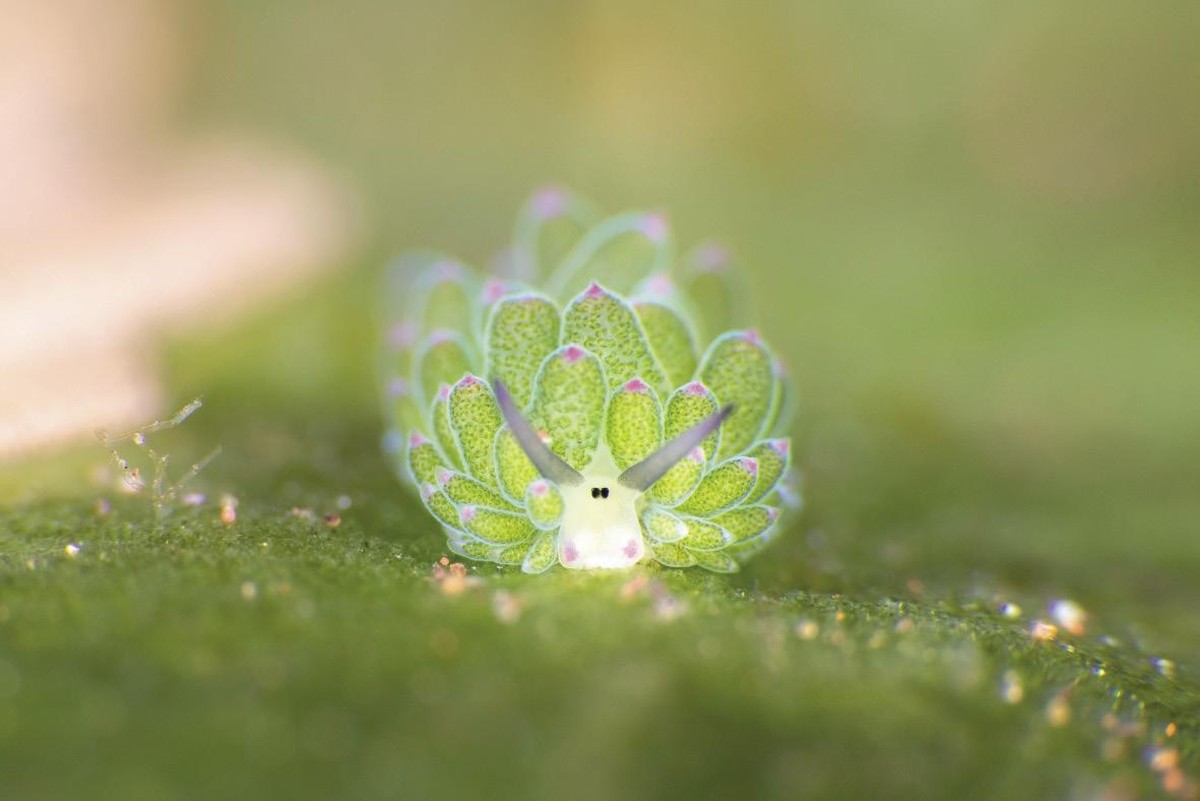
The technology of the energy of the waves and the tides continues in its beginnings. “To develop more we need to know well the internal functioning of the waves and tides and a solid atmospheric model. In fact, the waves originate from the action of the wind, which directs them in one direction or another. His fluidodynamic knowledge is one of the great challenges of this type of technology for this decade,” believes Blanco.
On the other hand, the most developed marine energy resource is wind strength. “The large wind turbines currently installed at sea have nothing to do with those installed just five years ago. In size they have increased a lot: They are already blades of 100 meters of length. In addition, some are fixed to the bottom of the sea, but others are floating. The floating structures have considerably increased the possibility of developing marine parks,” explains Blanco.
Before the wind turbines were placed very close to the coast, since the energy obtained in them must be transported to the point of consumption. “This problem is already being overcome with the new electric coupling schemes, submarine cables and ships capable of transporting these platforms. Now, one of the challenges is to know better the characteristics of the sea away from the coast and to elaborate good mathematical models of wind in high sea to identify the best locations for the location of the wind turbines”.
Esnaola has given importance to be able to understand and predict the changes that will occur in the climate and ocean in the next decades: “We are not going to install a structure of energy uptake of the waves that can damage the environment if we are not sure that it will be profitable in the next 50-100 years. That is, it will not only serve for 20 years, and because of the changes that are coming will not have profitability,” says Esnaola.
“When we implement these types of structures we still have to work hard to minimize their impact on oceanic flora and fauna,” Blanco said. For example, so that animals can migrate without causing discomfort to such large machines. We are placing giant structures and the sound produced by turbines disorients many species. The universities of Norway and Denmark are studying how sharks, whales or seals with these structures interact to see how they can receive a signal from “here there is a structure and it is not dangerous.” But for this we need to know how animals understand through the sonar.Necessary. If not, we will introduce giant structures into the sea without knowing how they will act.”
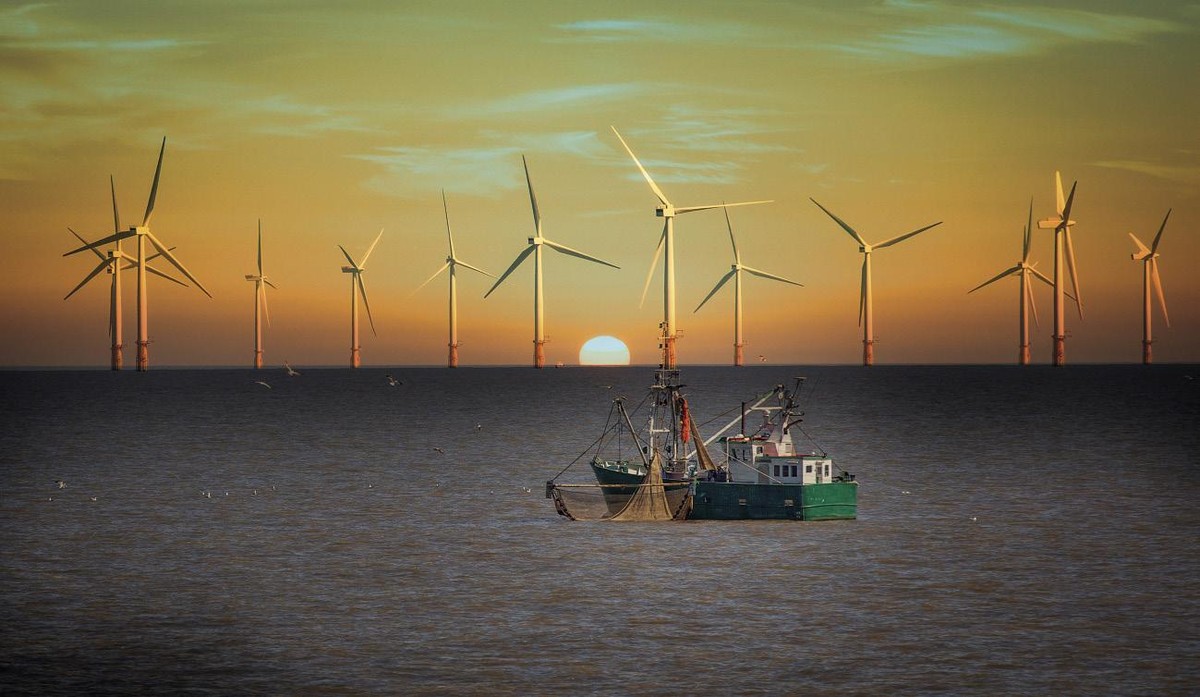
The researchers also have the challenge of imitating the biomimetics of marine animals. “In the case of sharks, it is not understood where the enormous force that produces them when they have to attack or flee comes from. Just looking at the muscles can't appear. We must understand hydrodynamics, which can only be explained by the movement of superficial microspicules. We have worked with AZTI and UPV to mimic the sharks' spikes. It will serve to facilitate the movement and hydrodynamics of these gigantic structures that we introduce into the sea.”
Waiting for protocols
Beyond research, UNESCO has seen the need to deepen the relationship between researchers and managers and improve coordination mechanisms. On the other hand, the work that is done in this decade should have its reflection on the legislation. “It is to be expected that in this decade the United Nations will agree on several protocols,” explains Cancio. The above has been the decade of biodiversity and several protocols have been signed. The Kartagena Protocol was approved, relating to genetically modified organisms, and the Nagoya Protocol, which indicates that if someone takes genetic resources from another country and gets an economic benefit, part of that economic benefit must be returned to the territory of origin.
“I hope this kind of project will emerge in the decade of the sea. For example, the Nagoya protocol has a large gap in the tides without jurisprudence, since two thirds of the sea has no owner. Who will deal with preserving their biodiversity? All its benefits are reaching rich territories with resources for it. We need Nagoya 2.0”.
